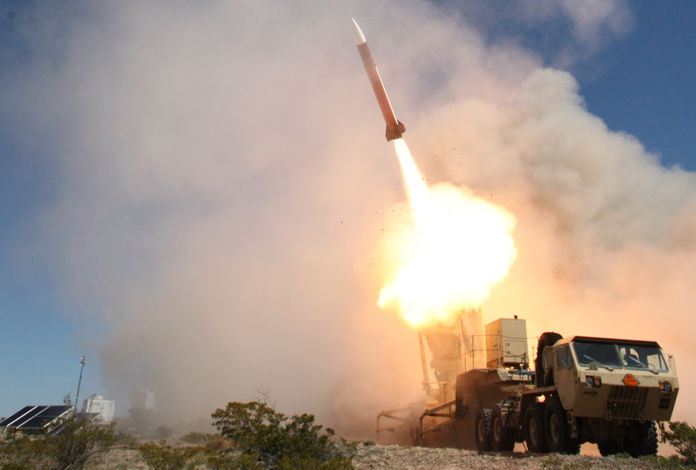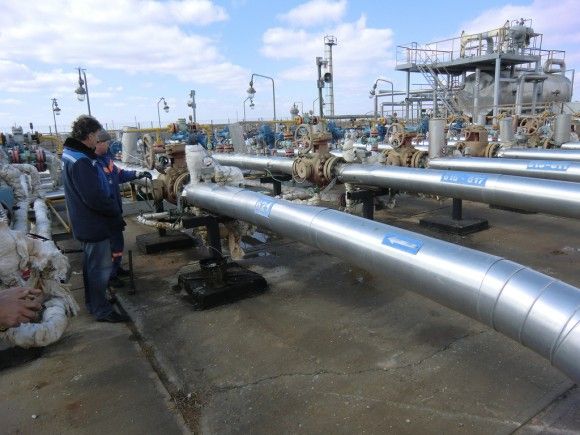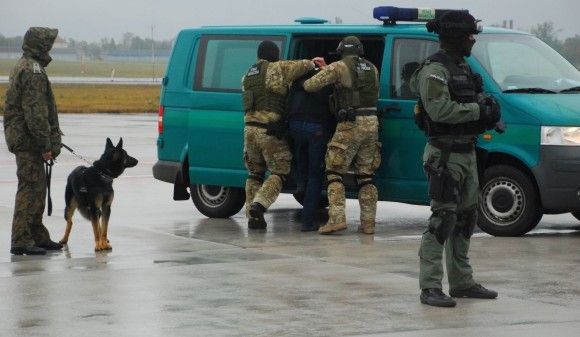Patriots for Poland: Two-Phased Approach. Memorandum Concluded by the Polish MoD
Antoni Macierewicz, Polish Minister of Defence, announced that a memorandum has been concluded, concerning the delivery of the Patriot air/missile defence system for the Armed Forces. The first batteries would be delivered to Poland in 2022.
According to the declaration made by the Head of the Polish Ministry of Defence, the memorandum states that Washington agreed to sell the Patriot batteries configured in a way identical to the one which is to be utilized by the US Forces, with IBCS system and Gallium Nitride radars included. Macierewicz also placed an emphasis on the fact that the Polish configuration is specially tailored to meet the locally created requirements influenced by the threat posed by the Russian Iskander missiles, which are, as the Polish official noted, to be effectively neutralized by the Patriot missiles.
According to the content of the Memorandum, the US Department of Defence is inclined to deliver the Patriot missiles in line with the Polish requirements in two phases. Within the framework of the first phase, until the end of the year 2017 the US land forces would provide Poland with an LOA concerning the US Army configuration, including four fire units in 3+ configuration, coupled with PAC-3 MSE missiles and IBCS system. “The US DoD is unable to provide the current Patriot configuration radars, for lease or buy-back”, as the document reads.
The expected delivery date has been defined as 2022. Meanwhile, the initial operational capability has been scheduled to be obtained in 2023. 3+ configuration with the IBCS system means that, from the very beginning, the new batteries would have a new air defence management architecture at their disposal. However, most probably, the systems would not have a 360-degrees coverage radar included. This is because the Americans have not selected the final sensor for their LTAMDS programme air defence system yet. Both deep modernization of the Patriot system, as well as implementation of a new radar that could be provided by Raytheon or Lockheed Martin are being considered as viable options.

During the second stage of the programme, the Americans are willing to continue the integration of 360-degree coverage radars, SkyCeptor missiles and “Polish sensors”, on the basis of the Wisła programme requirements issued by the Polish Ministry of Defence and within the framework of the FMS procedure, in line with proper legal regulations. It is stressed that the US DoD’s ability to implement the system shall be conditioned with reception of extra technical information and procurement schedule from Poland. Moreover, authorities at higher levels should also issue relevant approvals to proceed with the initiative. LOA offer is to be officially presented at the end of 2018.The actual implementation of each of the two stages would begin after LOA is approved by the Poles.
Furthermore, the Americans have declared that they would be driven towards transferring the maximum level of technology permissible within the scope of the law, connected to 69 domains, including the 12 critical ones. The areas above cover the radar tech, as well as know-how related to the SkyCeptor missiles. The industrial offer connected to the Patriot systems has been spoken of highly by the head of the Polish Ministry of Defence.
Macierewicz placed an emphasis on the transfer of the capabilities related to the 360-degree coverage radar and to the SkyCeptor missiles based on the Israeli Stunner missiles, which are to complement the PAC-3 MSE effector. Head of the Polish Ministry of Defence thanked the Deputy Minister Bartosz Kownacki and his team for the negotiation carried out. Macierewicz also stressed the fact that procurement of the Patriot missiles is an element of a holistic change of the strategy adopted by the Polish Armed Forces, developed within the Strategic Defence Review document, drafted under guidance of Tomasz Szatkowski, Undersecretary of State at the Polish Ministry of Defence.
According to the content of the document, Polish Defence Minister is willing to “support the process of acquiring, maintaining and developing the defence capabilities outlined within the present document by creating proper payment conditions that would ensure on time transfer of funds from Poland”.
The memorandum signed by and between Minister Kownacki and Admiral J. W. Rixey, who is the director of the DSCA agency, is not legally binding, and “does not create any authority to perform any work or obligate or create any binding commitment under the national laws of the United States of America or the Republic of Poland to make or provide any financial or non-financial contributions” or delivery of defence systems by any of the Parties.
The memorandum of understanding signed constitutes a step forward then, defining the possible schedule for procuring the Patriot systems within the Wisła programme. Nonetheless, the document shall not be viewed as a final step of the process in question. According to its content, delivery of the first batteries would be finalized before 2022, not before 2019-2020, as it had been mentioned within the previously created assumptions. The delay above may be related to the delay of the IBCS implementation in the US Army. Poland will be authorized to acquire the IBCS solution before other states, within the framework of the “yockey waiver” procedure. The procurement would take place in parallel with the US Army – this is a major success for the Polish MoD. Despite the above, delivery of the batteries without the IBCS system included was the only option available with an earlier supply date. Later, the weaponry would have to be modernized, so that the IBCS solution could be used.
Moreover, assumptions of resignation from the GEM-T missiles, which are to be replaced by the SkyCeptor effectors, still stand within the document. SkyCeptor missiles would be a subject to a transfer of technology. The initial assumption is that the aforesaid transfer of know-how would also include the 360-degree coverage radar technology. Conclusion of the said memorandum creates a Wisla programme “roadmap”, however it does not have a value equivalent to conclusion of procurement agreement, as the document is not legally binding. The latter step is to be taken only after the LOA is signed.
Jakub Palowski, Juliusz Sabak





